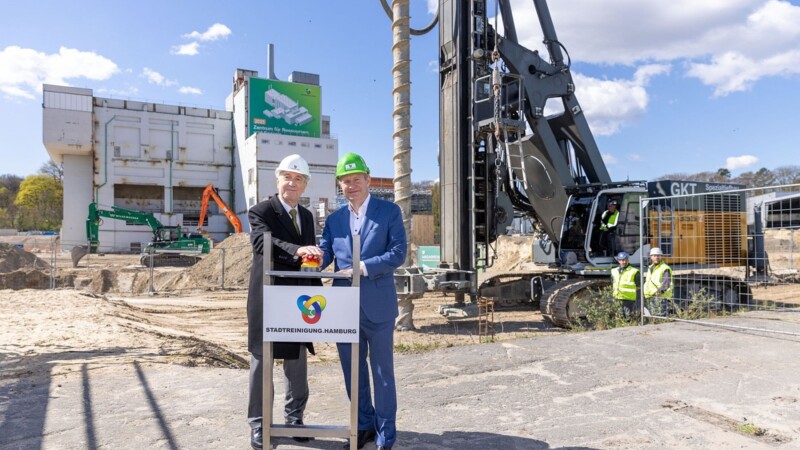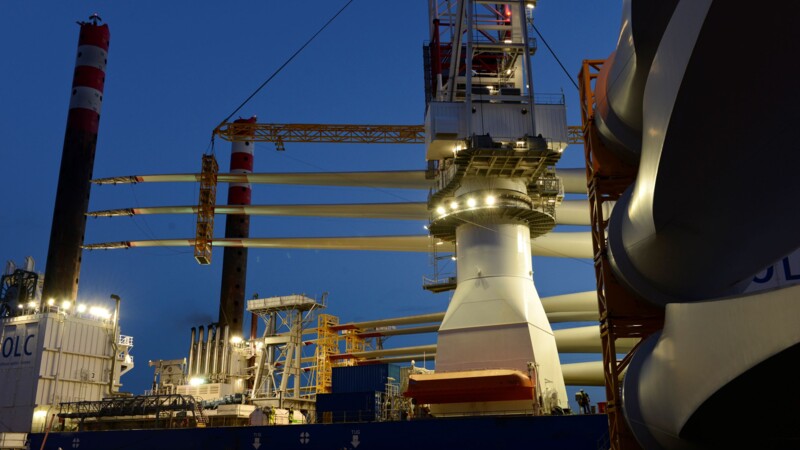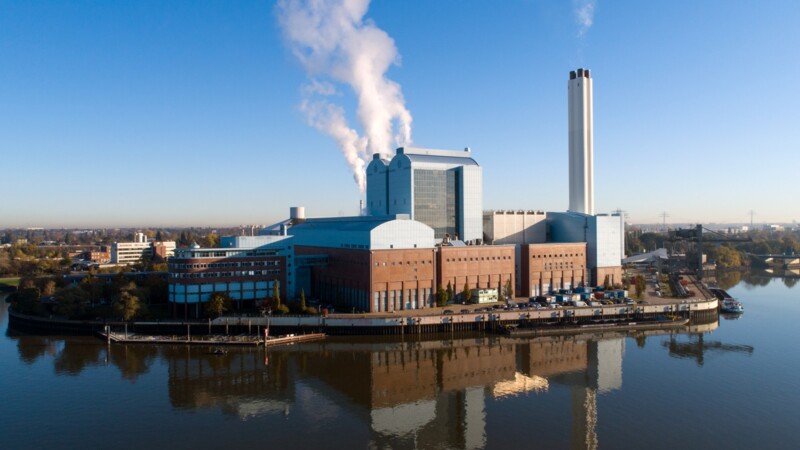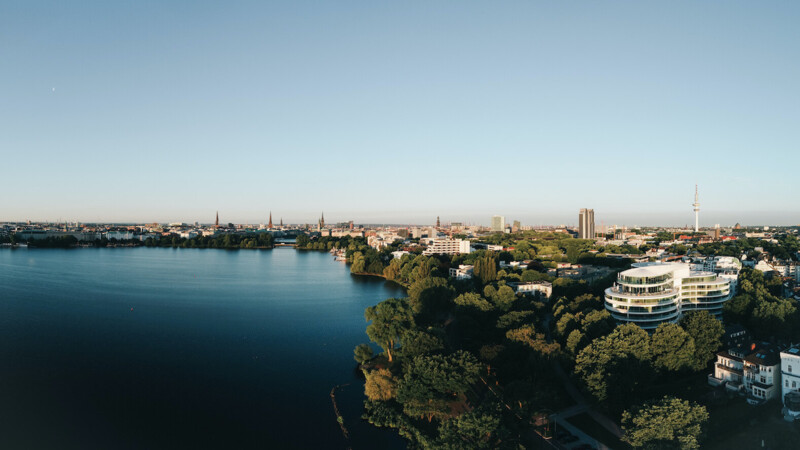"Making wind energy possible in the Port of Hamburg is a unique success in Germany and a visible indication of our unconditional will to boost the share of renewables in our city," said Jens Kerstan, Senator for the Environment. Hamburg Wasser is almost 80 per cent self-sufficienct and is likely to reach the 100 per cent mark by 2030. "Wind energy wil play an important role in our expansion. We are planning four more turbines at company-owned sites," said Ingo Hannemann, Managing Director of Hamburg Wasser. The next plant will be built by 2025. The company is relying mainly on the sewage treatment plant in the port.
Hamburg Wasser has commissioned a fourth wind turbine on the site of the Dradenau wastewater treatment plant in the Port of Hamburg, a press release said Thursday (April 27, 2023). The 180-metre-high turbine will produce 3.6 megawatts of power and up to 9,000 megawatt hours of renewable electricity per annum, bringing the company closer to its goal of energy self-sufficiency by 2030. More wind energy and photovoltaic plants will follow later.
Almost 80 per cent self-generated electricity
Sewage plant crucial for electricity, heat and biogas
Three wind turbines with a total installed capacity of 8.6 megawatts capable of producing up to 23,000 megawatt hours of wind power annually are now in operation in Dradenau. A turbine on the grounds of the Köhlbrandhöft wastewater treatment plant site supplies around 8,000 megawatt hours of renewable electricity annually. The electricity from the new wind turbine will be used supply the wastewater treatment plants themselves. Surpluses will be fed into the Hamburg power grid. In addition to planned photovoltaic installations, the expanded sewage sludge incineration plant will increase electricity and heat production. Hamburg Wasser is also planning three more digestion towers to produce sewage gas of natural gas quality for the city's gas grid.
nj/mm/pb
Sources and further information
More
Similar articles

Hamburg building Europe's state-of-the-art recycling centre

Energy crisis driving switch to renewables

Drilling underway for aquifer heat accumulator in Hamburg
